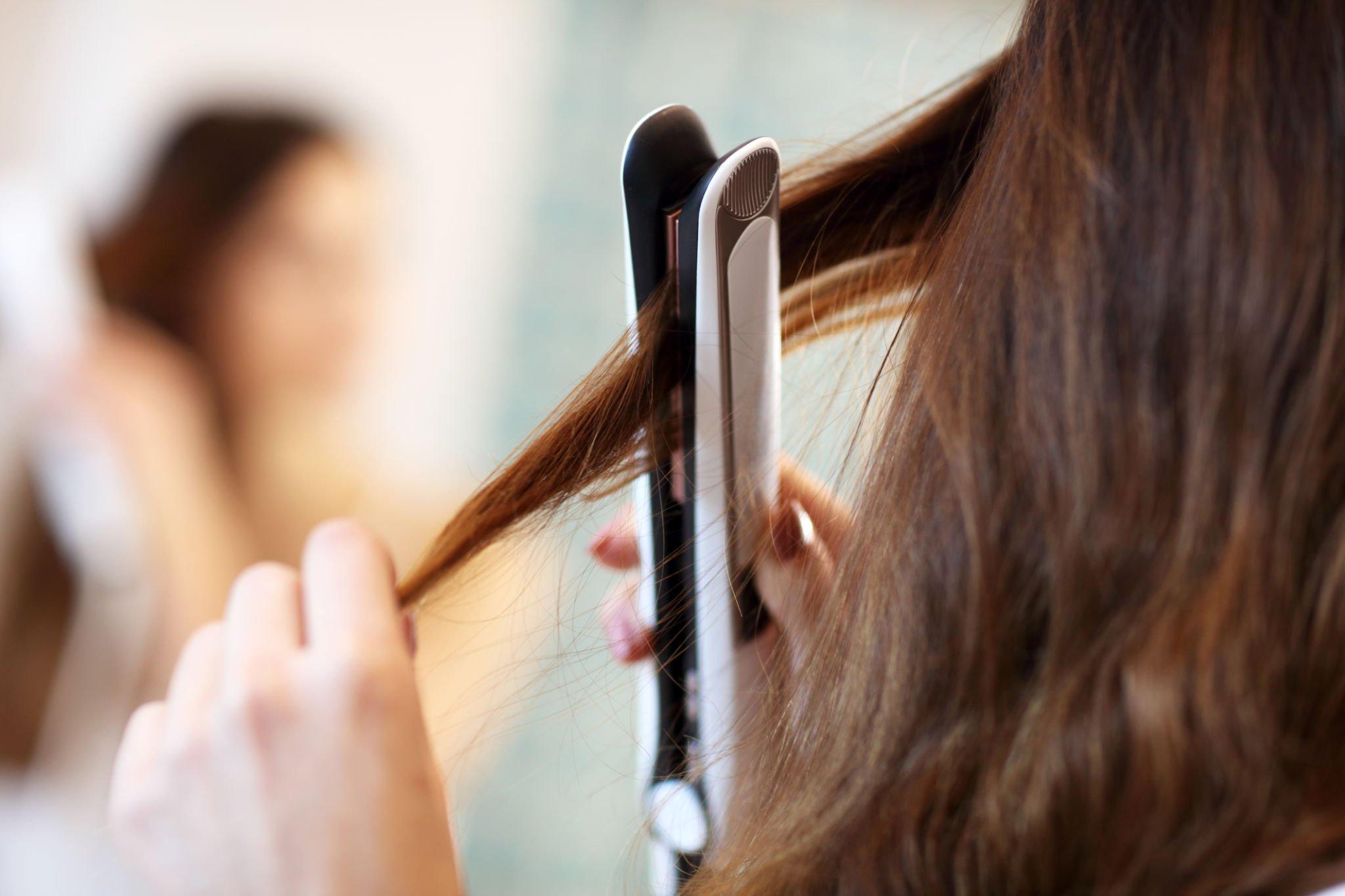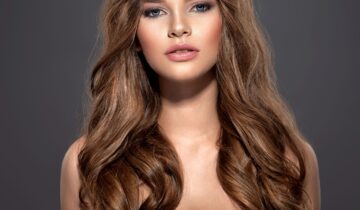The debate over whether it’s safe and effective to flat iron wet hair has been a topic of discussion among hairstylists and enthusiasts for quite some time. On one side of the argument, proponents of wet flat ironing claim it’s a time-saving technique that allows for multitasking. On the other side, skeptics argue that it may cause severe hair damage. In this article, we’ll explore the pros and cons of both wet and dry flat ironing to determine whether it’s a time-saving solution or a potential hair breaker.
Dry Flat Ironing: The Traditional Approach

Dry flat ironing, as the name suggests, involves using a flat iron on completely dry hair. This method has been tried and tested for years and is favored for several reasons:
- Predictable Results: Flat ironing dry hair allows for more predictable results, as the hair’s natural texture is visible and can be controlled more effectively.
- Less Risk of Damage: Dry hair is less susceptible to heat damage than wet hair, as the water in wet hair can turn into steam, causing structural damage to the hair shaft.
- Smoothing and Styling: Dry flat ironing is ideal for creating smooth, sleek styles, as it effectively tames frizz and seals the cuticles, leaving the hair looking polished.
- Longer-Lasting Style: Styles created on dry hair tend to last longer, as the heat helps set the hair’s structure in place.
Wet Flat Ironing: A Time-Saving Technique?

Wet flat ironing, also known as steam straightening, involves using a specialized flat iron that can safely straighten damp hair. Advocates of this method highlight the following advantages:
- Time Efficiency: Wet flat ironing is perceived as a time-saver since it combines the drying and straightening processes into one step. This is especially appealing for those with thick or long hair.
- Reduced Heat Exposure: Proponents argue that wet flat ironing minimizes heat exposure. Because it uses lower temperatures due to the steam, potentially reducing the risk of damage.
- Preserving Moisture: The steam is thought to help lock in moisture, leaving the hair feeling softer and less prone to drying out.
The Drawbacks of Wet Flat Ironing

While wet flat ironing may seem like a convenient solution, it’s not without its downsides:
- Risk of Damage: Despite lower heat settings, wet flat ironing can still damage the hair. Particularly if the iron is not properly maintained or if the hair is repeatedly exposed to heat.
- Uneven Results: Achieving consistently straight results on wet hair can be challenging. The hair’s natural texture may interfere with the straightening process.
- Steam Burns: There is a risk of steam burns, especially when using a wet flat iron on hair that is too wet. Users must exercise caution to avoid injury.
Conclusion: Finding the Balance

The debate over wet versus dry flat ironing is not a one-size-fits-all situation. The choice between the two methods should depend on various factors, including hair type, time constraints, and personal preferences.
For those with fine or damaged hair, dry flat ironing is generally recommended to minimize the risk of damage. However, if you’re pressed for time and want to try wet flat ironing, make sure to use a quality flat iron designed. For this purpose and follow safety guidelines. We have a variety of Flat Irons. Check it out
Ultimately, whether wet or dry, flat ironing should be done in moderation. It’s essential to prioritize hair health by using heat protectants. Keeping the heat setting appropriate for your hair type. Giving your hair breaks between styling sessions to prevent overexposure to heat. Balancing convenience with hair care is the key to achieving stunning, healthy locks.



 No products in the cart.
No products in the cart.